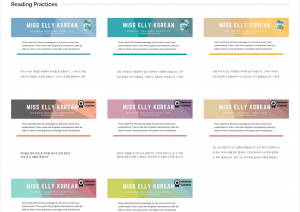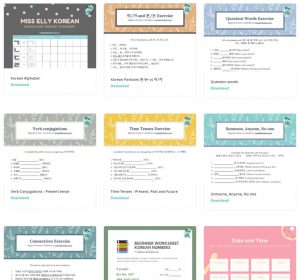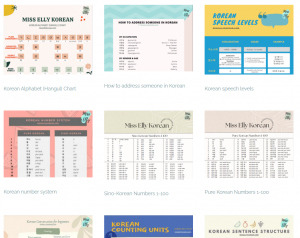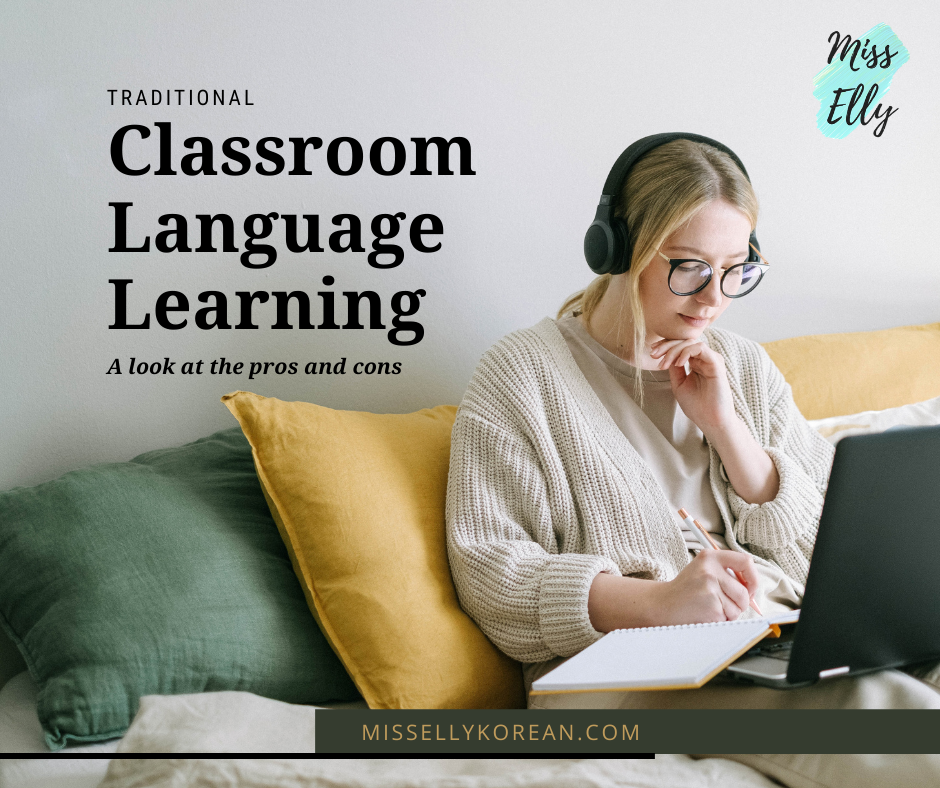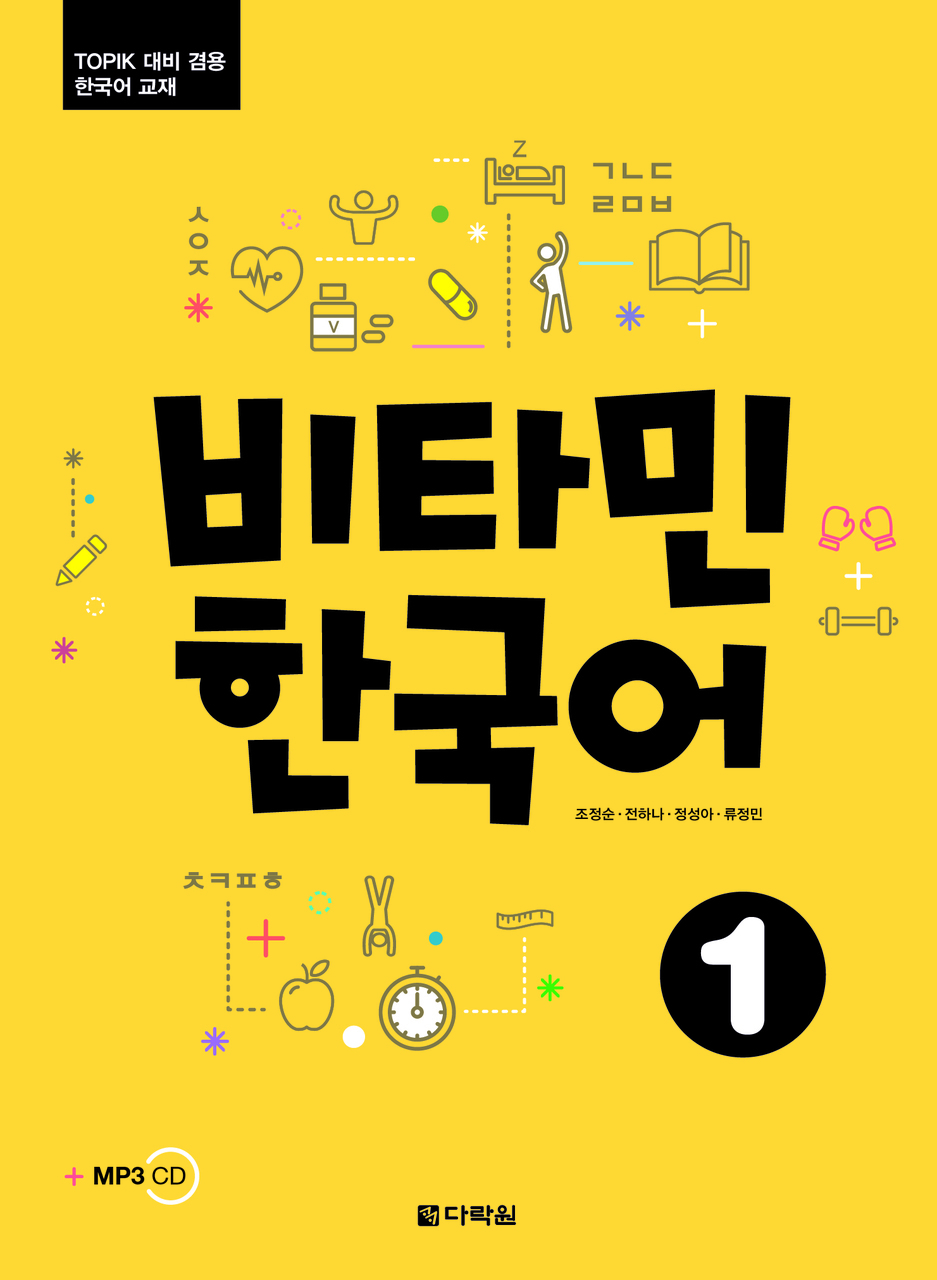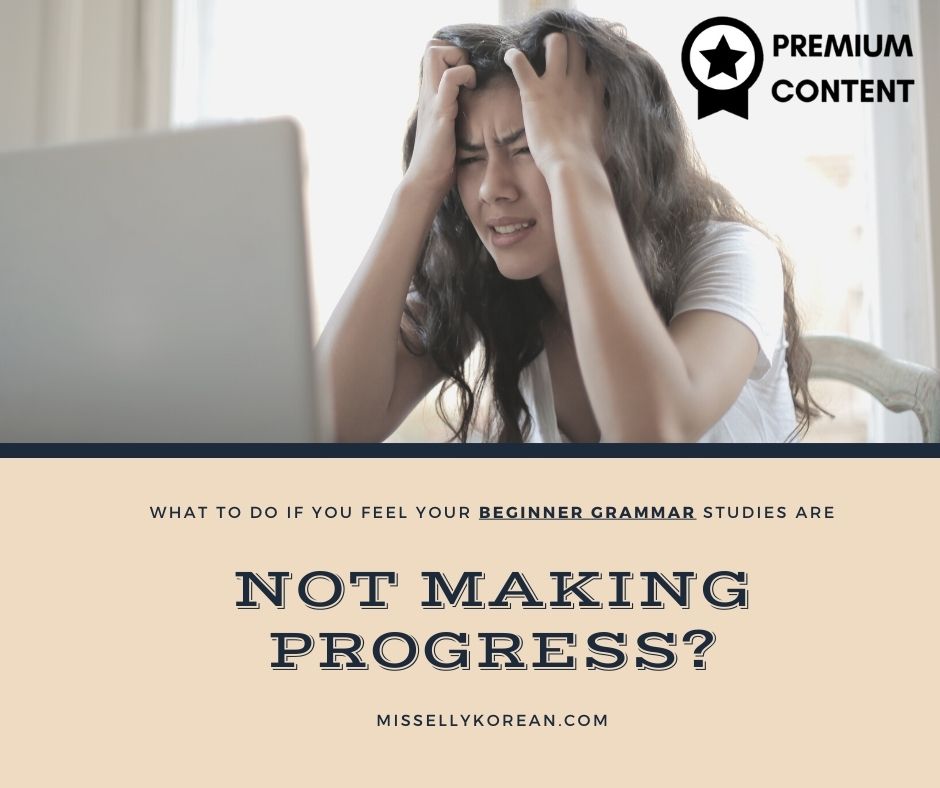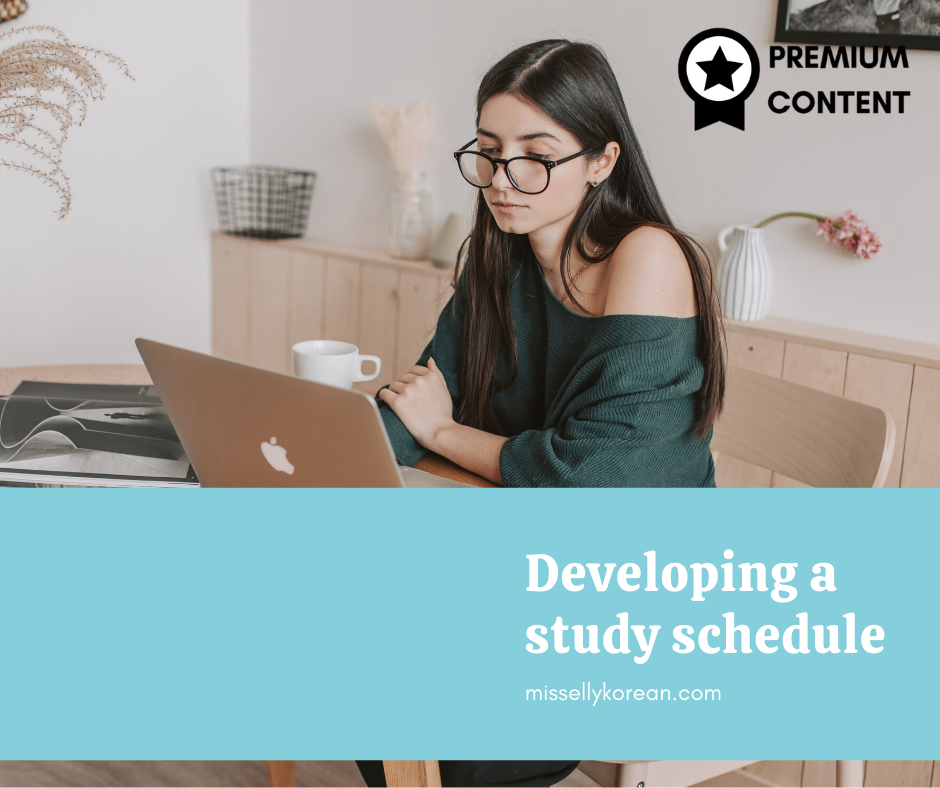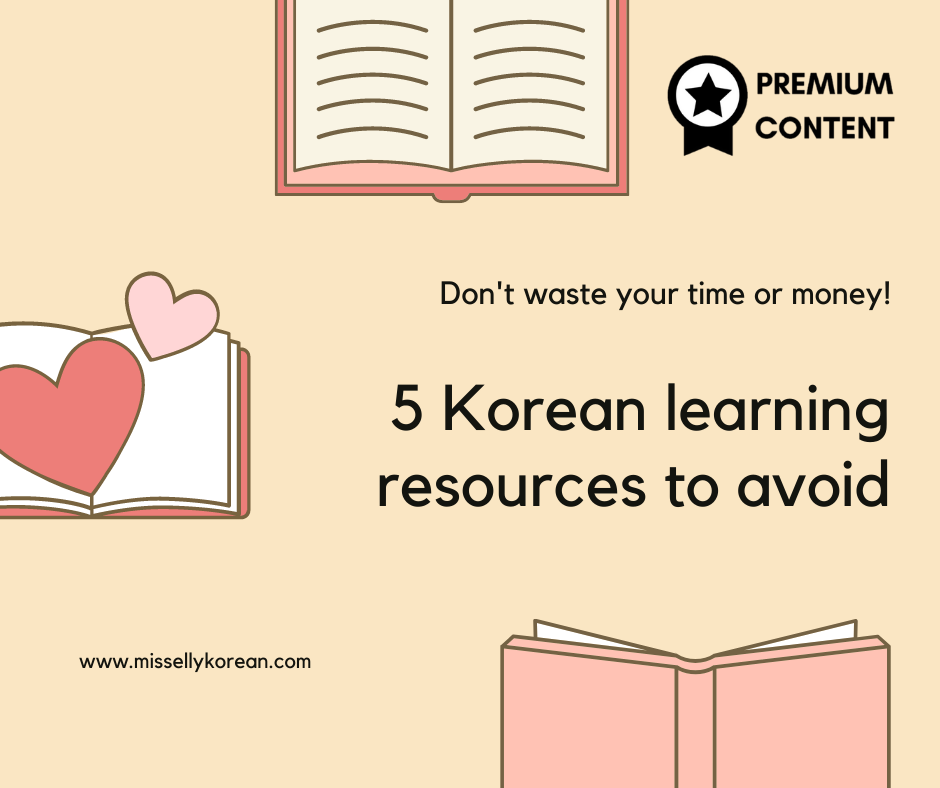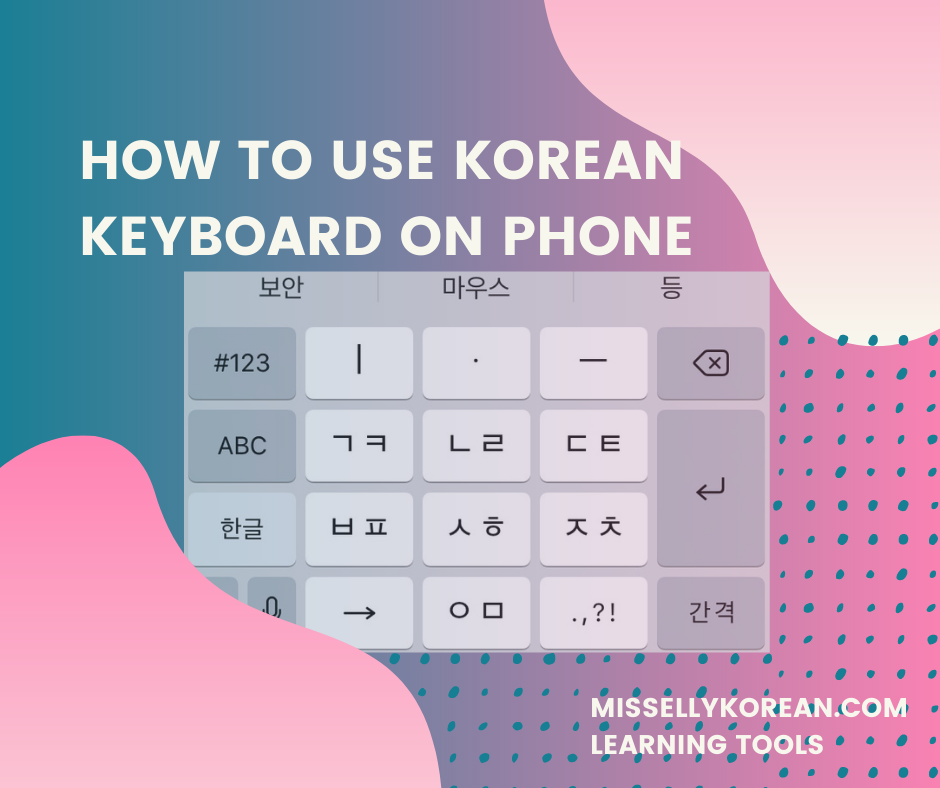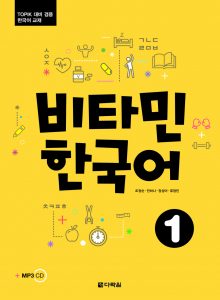
This new set of Korean learning textbook seems to be quite popular these days. Therefore in this post we will have a short review of these from my eyes as a veteran Korean learner.
There are in total six levels in the Vitamin Korean textbook set. If we just look at the grammar concepts that are covered, each book corresponds to the equivalent TOPIK exam level. Does that mean that you can pass TOPIK I level 2 after completing the book 2? Yes there is a fair chance. Does that mean that you can pass TOPIK II level 6 after completing book 6? Not by using these books only. Similar to any other textbook, you will need abundant extra exposure and practices outside of the curriculum.
The book 1 starts with an elaborate section on the Korean alphabet, which is excellent. From then on it tries to strike a balance between situational dialogue (self introduction, asking for directions), vocabulary and grammar. This approach is very similar to traditional textbooks published by Korean universities. I personally believe that as a beginner, there should be laser focus on learning all the basic grammar concepts as soon as possible, the reason for which I have explained in this post. You will pick up some vocabulary along the way anyway. The other parts distract from that focus and somewhat slows down progress.
Also for self study purposes, there are not detailed enough explanation of grammar concepts as compared with other course materials I mentioned in this website. For example, regarding the subject marker particle and topic marker particle that we all kind of struggle with as a beginner, the explanation from Vitamin Korean are quite brief as below:
이/가
“This particle is used with a noun to indicate that the noun is the subject of the sentence. When the noun ends in a vowel, 가 is used and when it ends in a consonant, 이 is used.”
은/는
“This particle is used with a noun to designate the topic or theme of a sentence. And it is also used to emphasize a topic or to express comparison between topics. When the noun ends in a consonant, 은 is used and when it ends in a vowel, 는 is used.”
For present tense polite form of verbal/adjective conjugations -아/어요:
“This informal style final ending attached to a verb or adjective stem and is used in a conversation with close friends. When the verb or adjective stem ends in 아,오, -아요 is used. When it ends in 어, 우, 으, 이, -어요 is used. When it ends in 하다, -여요 is used. The form 하 + 여요 shortened to -해요.”
Which is not exactly correct because (1) it is perfectly fine to use the 아/어요 form with strangers or older people and (2) we look at the last vowel instead of whether it ends with 아/오 e.g. 받다 does not end with 아/오 but its last (and only) vowel is 아, therefore it conjugates as 받아요. This could cause confusion for a lot of learners.
In addition, from book 3 onwards, there are no English explanations at all – everything is in Korean including explanations to grammar concepts. This will be very hard for higher beginners to even use the book without keep referring to the dictionary. Therefore I believe that this set of textbooks is best used in classroom lessons where a teacher will be there to provide more detailed explanations and context to each grammar concept.
If you are self studying, I would not recommend using Vitamin Korean as you only study material. However, the upside to this set of textbooks is that there are ample vocabulary, reading, listening and writing exercises. In each of the Review sections, there are TOPIK type questions which are great if you want to attempt the TOPIK exam at some point. Therefore if you are using another set of self study course materials, it may supplement nicely to provide you with more practice opportunities.
In the this website I provide reviews on various other course materials for self study learners and supporting tools for each level so you can know for sure you are using the most effective methods! No more wasting time and effort but getting nowhere anymore! Happy learning Korean!
Our Beginner Worksheet Pack has grammar worksheets, reading practices, grammar cheatsheets and exclusive posts on study strategies, all tailored for the beginner level.
